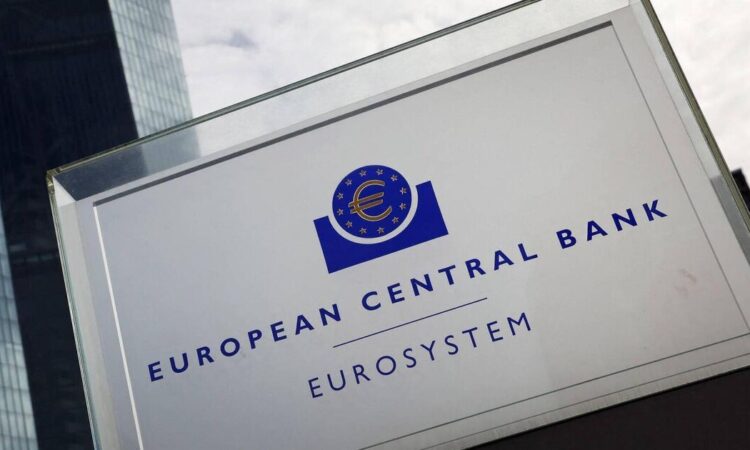
In July last year, the European Central Bank (ECB) ended its more than 11-year-long era of negative interest rates, raising them in the first round of an aggressive campaign to curb skyrocketing prices.
At the time, the ECB justified the move by citing its “updated assessment of inflation risks,” arising from supply bottlenecks and the war in Ukraine, recognising that high inflation “is a major challenge for all of us.”
Later this month, the pillar banks and their representative body will appear before the Oireachtas Finance Committee to answer questions on their interest rate policy, where they will come under additional pressure to up their offerings.
add a comment






